INVENTORY REPLENISHMENT & DISTRIBUTION PLANNING
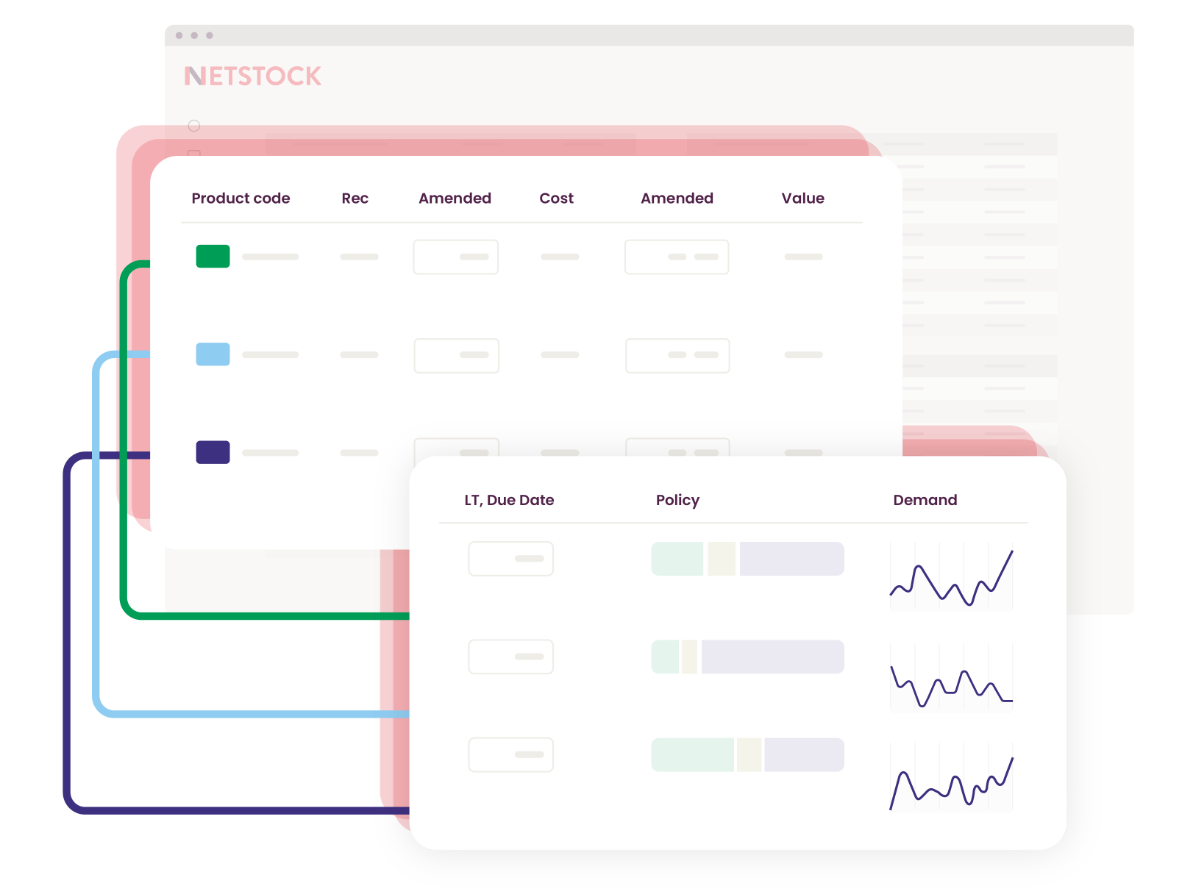
Introducing Netstock’s AI Pack
Netstock’s AI tools help solve specific problems and generate better results - making inventory management faster and easier. With one click, you get an AI expert who collaborates daily to identify and resolve issues, providing actionable recommendations - saving you time to focus on what matters.
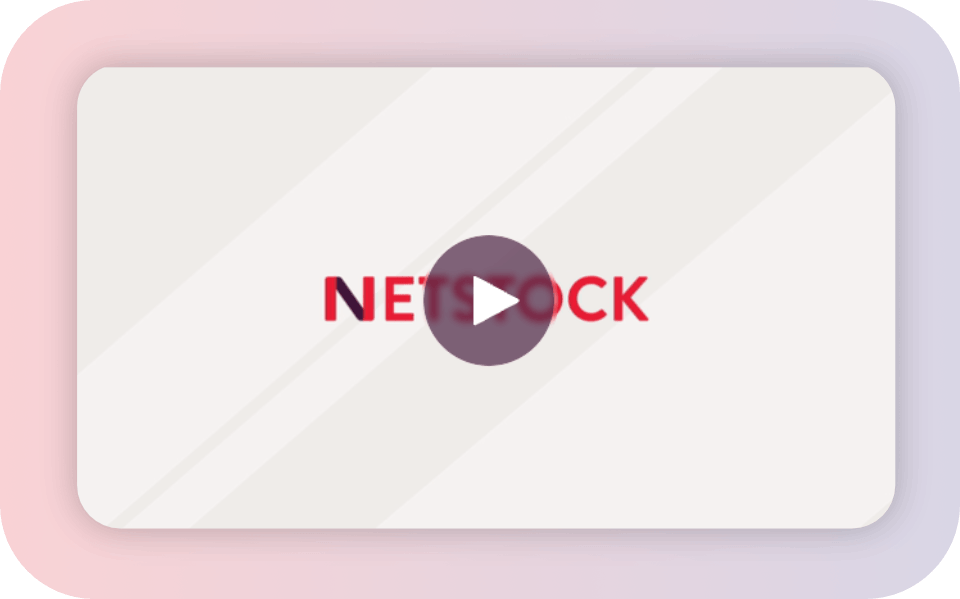
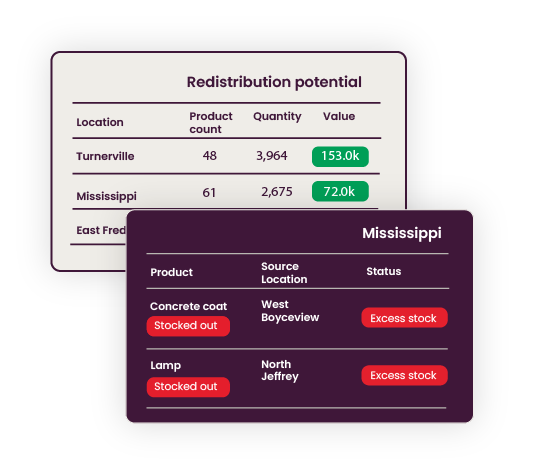
Optimize stock across multiple warehouses
With just a few clicks, take control of your inventory across multiple locations. Effectively plan inventory, analyze stock levels, and identify surplus with ease. Seamlessly redistribute stock where it’s needed most—whether moving from one location to many or consolidating from many to one. Once the destination is set, an automated transfer order is created in your ERP.
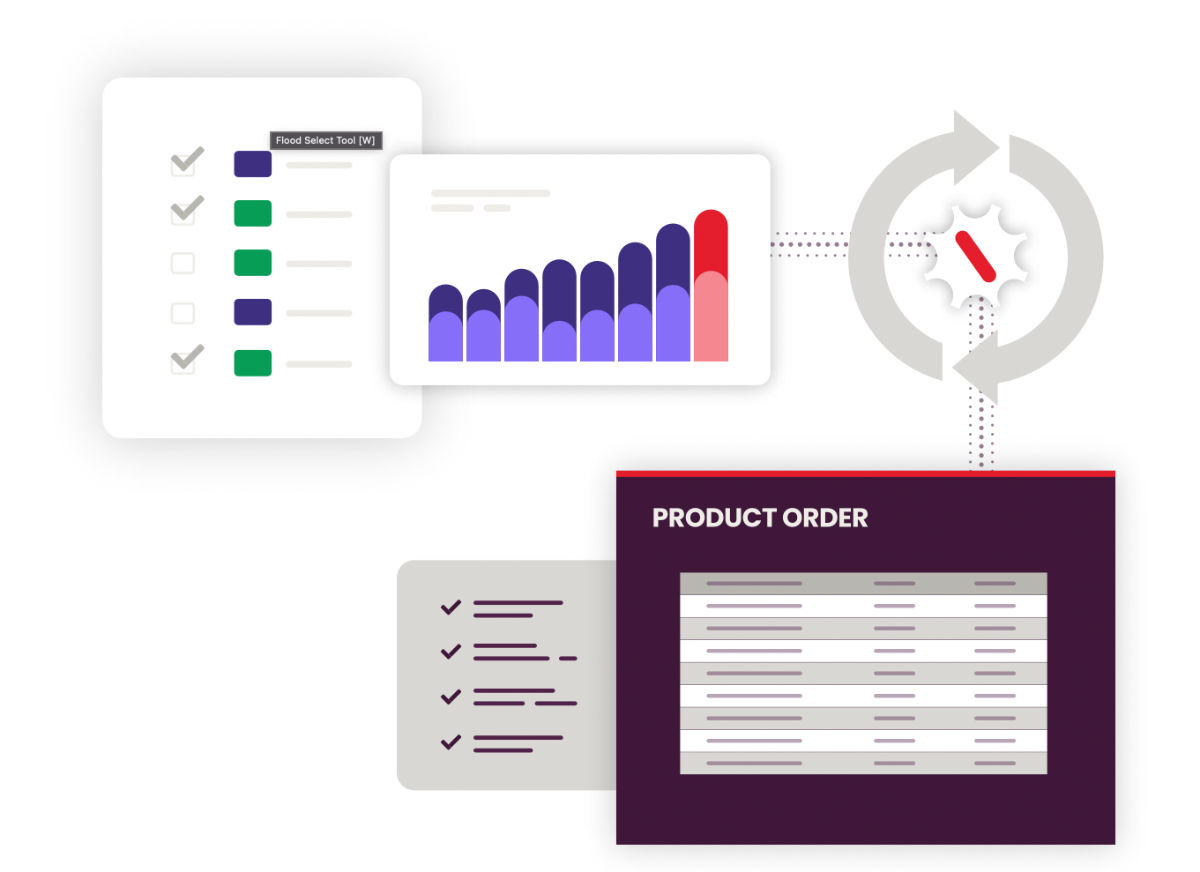
Trustworthy automated inventory replenishment software for streamlined ordering
Create balanced and optimized orders for every item, built on the data-driven inventory policies you create within Netstock. Generate recommended purchase orders, work orders for production, and distribution plans as part of your replenishment planning to restock inventory across your network, ensuring the correct inventory lands in the warehouse at exactly the right time.
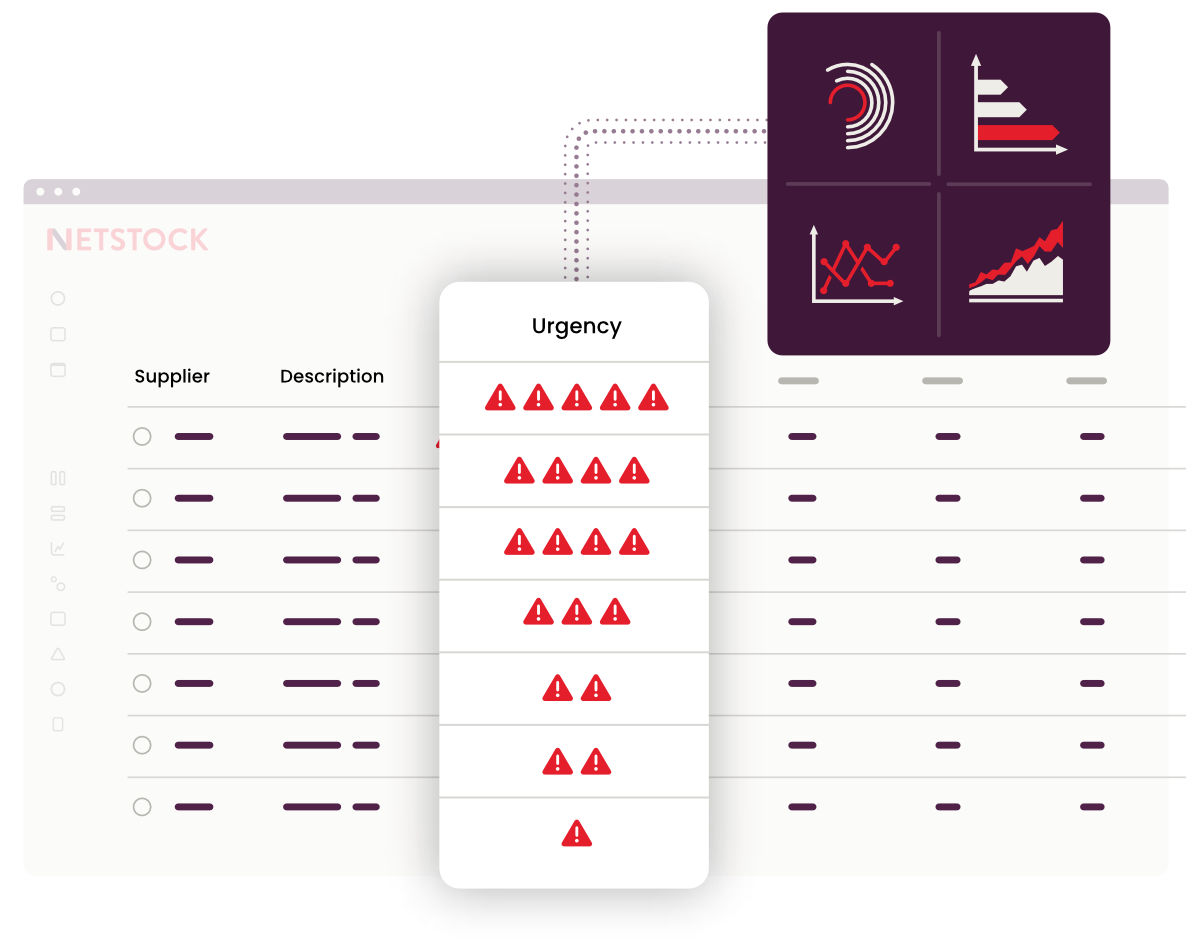
Prioritize business-critical orders
Get a focused view of the orders you need to make today. Netstock uses predictive modeling to forecast upcoming stock-outs and automatically classifies every item based on sales value and velocity, providing a prioritized queue of business-critical orders.
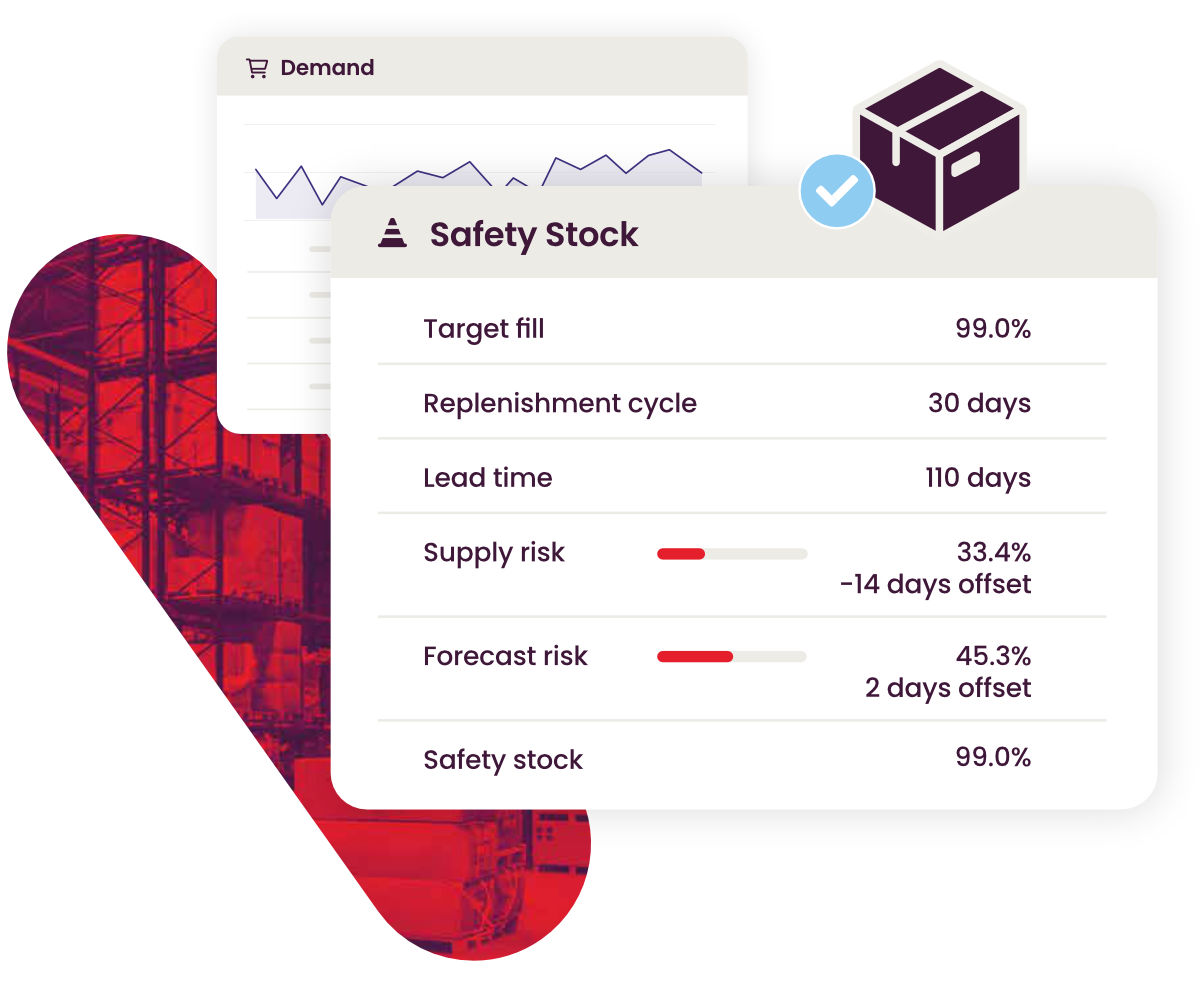
Anticipate supply risk to avoid disruptions
Avoid stock-outs with predictive forecasting and planning tools that automatically adjust order recommendations in real time. Netstock uses AI-powered modeling and demand sensing capabilities that account for dynamic demand and supply risk.
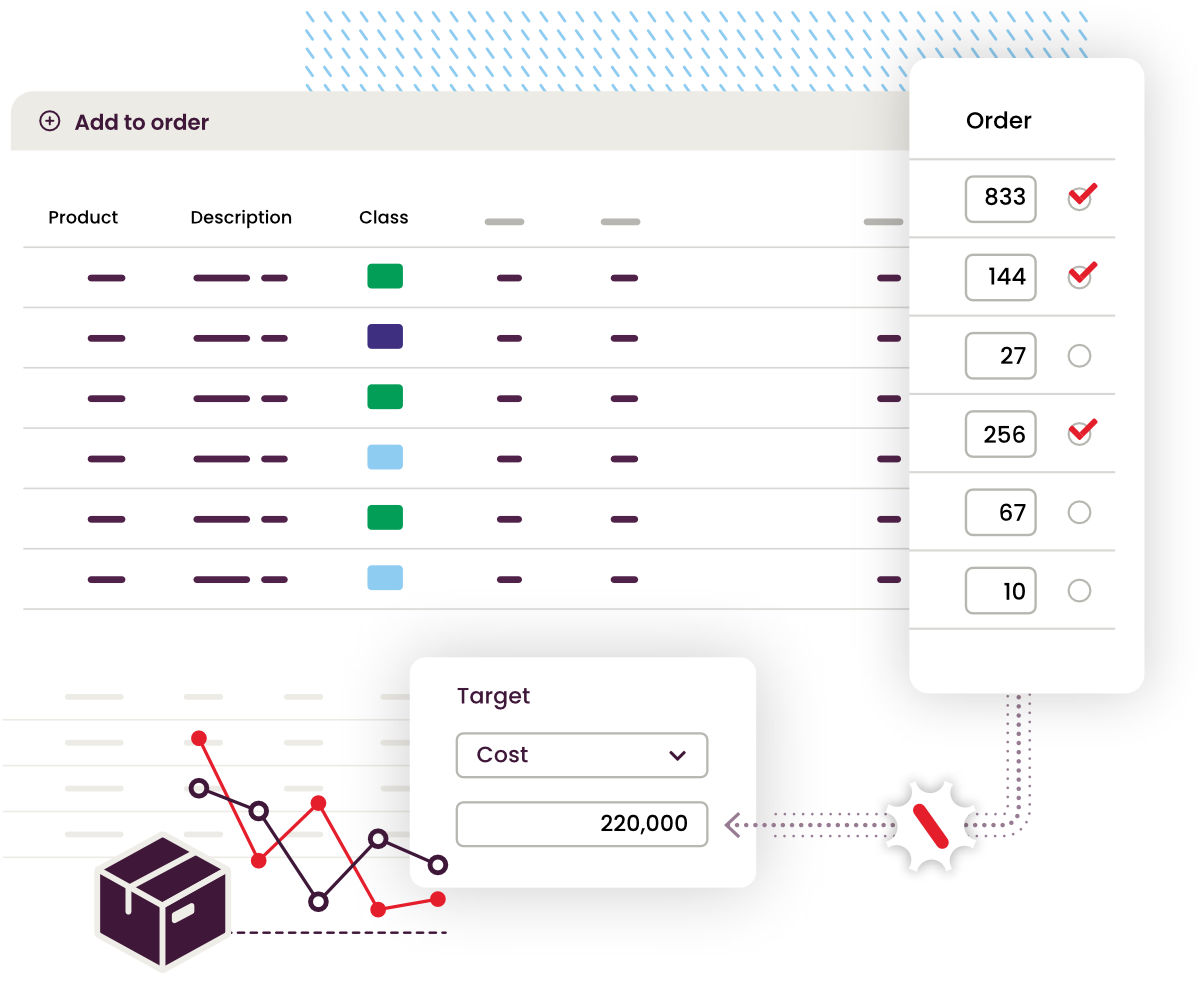
Optimize shipping costs
Strategically fill containers with additional top-up orders of other items that will require re-ordering soonest, optimizing your shipping spend and avoiding ordering excess stock.
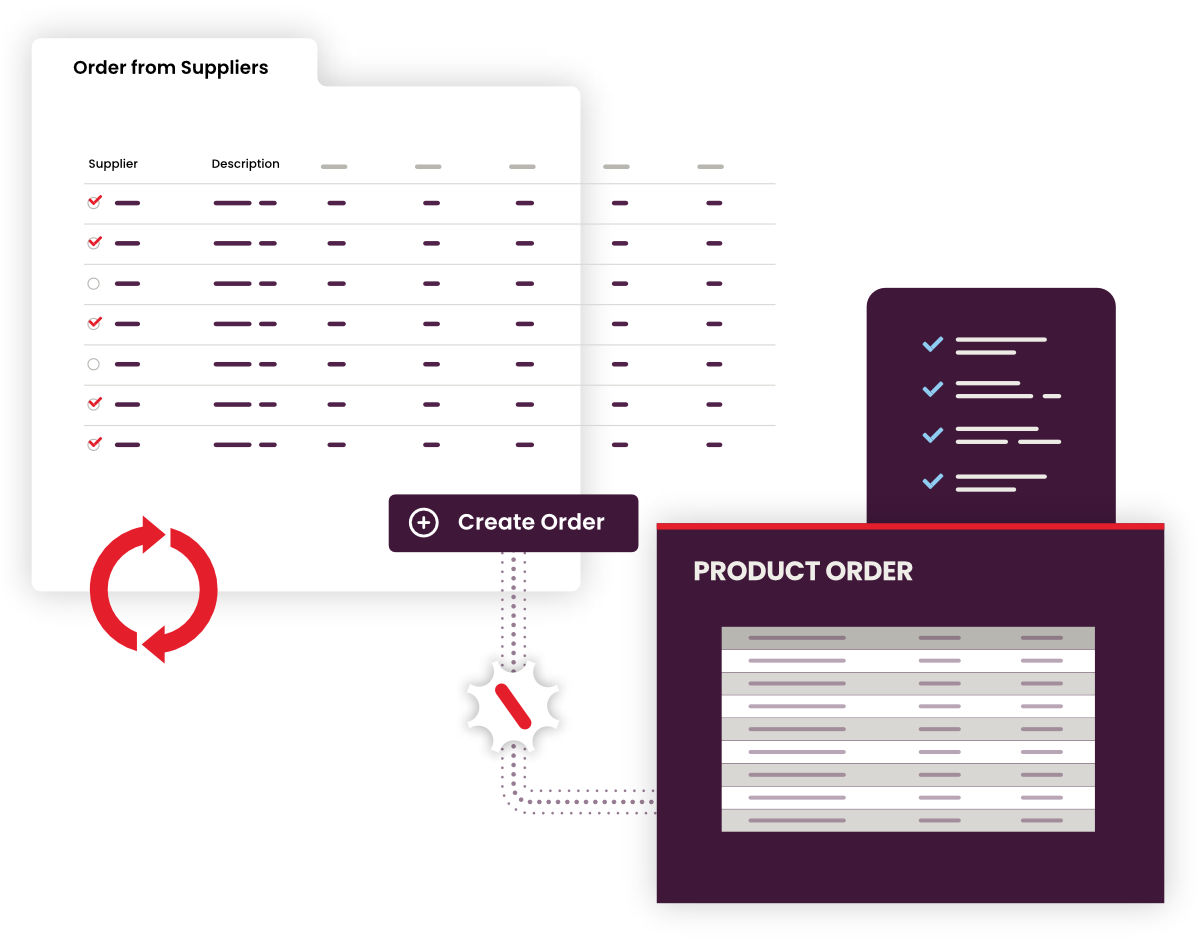
Manage by exception & place one-click orders
The easy-to-use Netstock interface makes it fast and simple to review auto-generated orders and manage by exception, fine-tuning orders with business expertise. Netstock automatically batches orders for true one-click order placement.
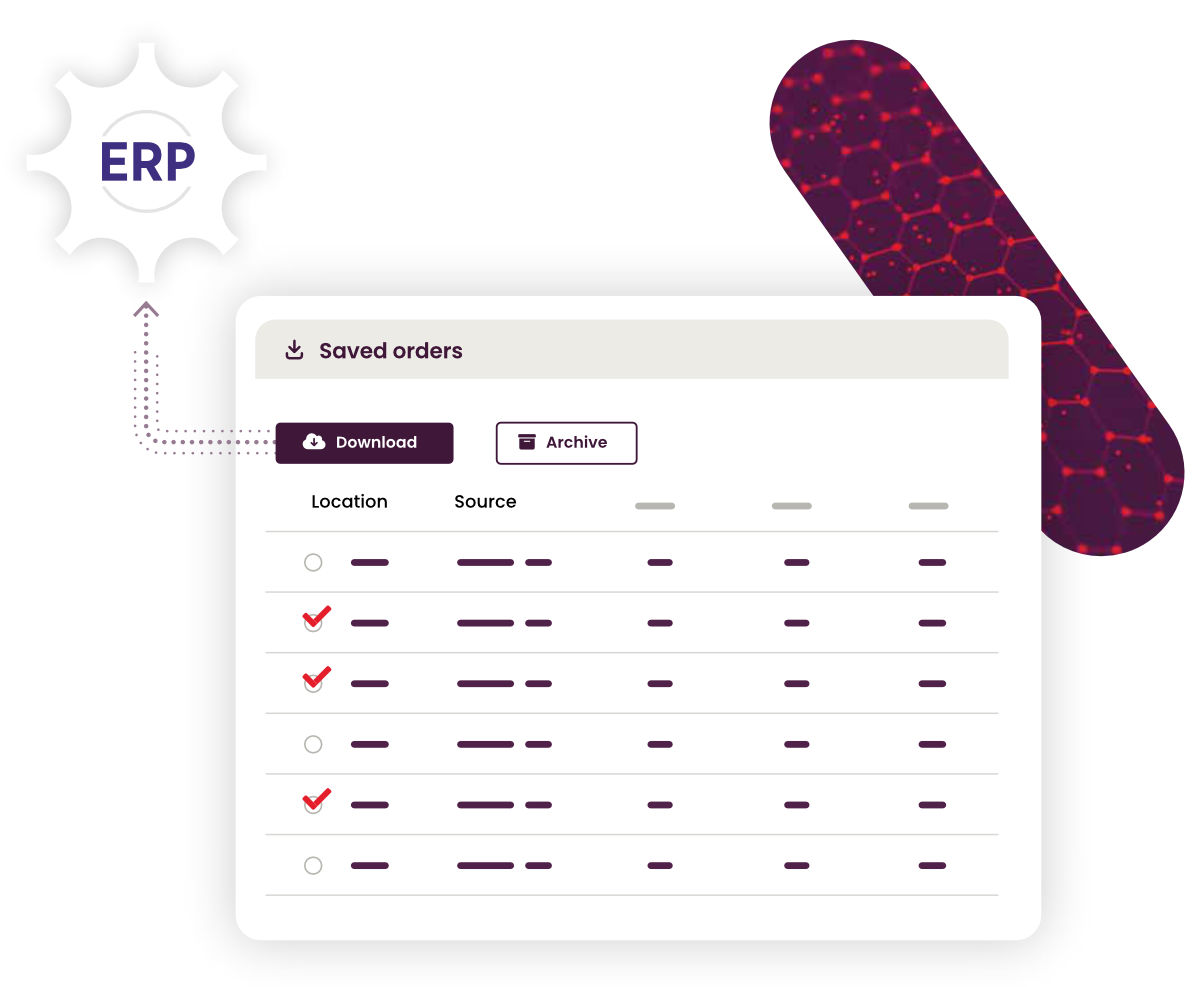
Seamlessly integrate order data for faster inventory optimization
Netstock automatically sends order information back to your ERP system, creating a seamless loop of real-time inventory visibility and insights that power smart inventory optimization.

Ongoing commitment to Data Protection
Netstock is ISO 27001 certified and guarantees data integrity, reinforcing our commitment to keeping our customers’ data safe. With Netstock’s Single Sign-On authentication process, users can access multiple applications with a single login. Netstock’s SSO feature is SAML-based, ensuring seamless authentication across multiple applications and enhancing security and usability.
Our solutions
Netstock has the solutions you need to help you achieve and manage optimal supply and demand levels.
FAQs about inventory replenishment
Automated inventory replenishment software is a sophisticated type of inventory management software designed to streamline the process of maintaining optimal stock levels. By leveraging advanced algorithms and data analytics, this software automates the replenishment of inventory, ensuring that businesses can efficiently manage their stock. It helps retailers and businesses optimize their inventory levels, reducing the risk of stockouts and overstocking, which in turn enhances customer satisfaction.
This software analyzes historical sales data, current inventory levels, and future demand to determine the best times to restock products. It automates the generation of purchase orders, work orders for production, and distribution plans, ensuring that inventory is replenished across the network in a timely and efficient manner. By using automated inventory replenishment software, businesses can maintain optimal stock levels, improve customer satisfaction, and make informed, data-driven decisions.
Choosing the right inventory replenishment software solution is crucial for optimizing your inventory management processes. Here are some key features to consider when selecting the right inventory replenishment software:
Key features to consider
- Ease of use: Look for software that is user-friendly and easy to navigate. A simple interface can save time and reduce the learning curve for your team.
- Integration options: Ensure the software integrates seamlessly with your existing tech stack, including your ERP system, warehouse management system, and e-commerce platform. This integration is vital for smooth operations and data consistency.
- Additional features: Consider software that offers additional functionalities such as demand forecasting, supply chain management, and inventory tracking. These features can provide a comprehensive solution for your inventory needs.
- Pricing: Evaluate the cost of the software and ensure it fits within your budget. Consider both the initial investment and any ongoing costs.
- Scalability: Choose software that can grow with your business and adapt to changing inventory needs. Scalability ensures that the software remains effective as your business expands.
By considering these key features, you can select the right inventory replenishment software that meets your business needs and supports your growth.
Automated inventory replenishment software frees up managers from routine inventory tasks, allowing them to concentrate on strategic initiatives. By automating the replenishment process, managers can dedicate more time to analyzing sales trends, optimizing inventory levels, and improving customer satisfaction.
This shift towards strategic tasks enables businesses to make data-driven decisions, enhancing their inventory management processes. The result is improved customer satisfaction, reduced waste, and increased profitability. With automated replenishment software, businesses can streamline their operations and focus on growth and innovation, leveraging the power of data to drive success.
Automated replenishment software streamlines inventory management, reducing the need for additional purchasing managers and lowering operational costs as you open new locations. It optimizes stock levels across multiple locations, identifies surplus inventory, and redistributes stock where it’s needed most—allowing you to focus on strategic growth instead of operational complexities.
 Inventory
Inventory  Inventory
Inventory  Inventory
Inventory  Supplier
Supplier  Demand
Demand  Capacity
Capacity  S&OP
S&OP